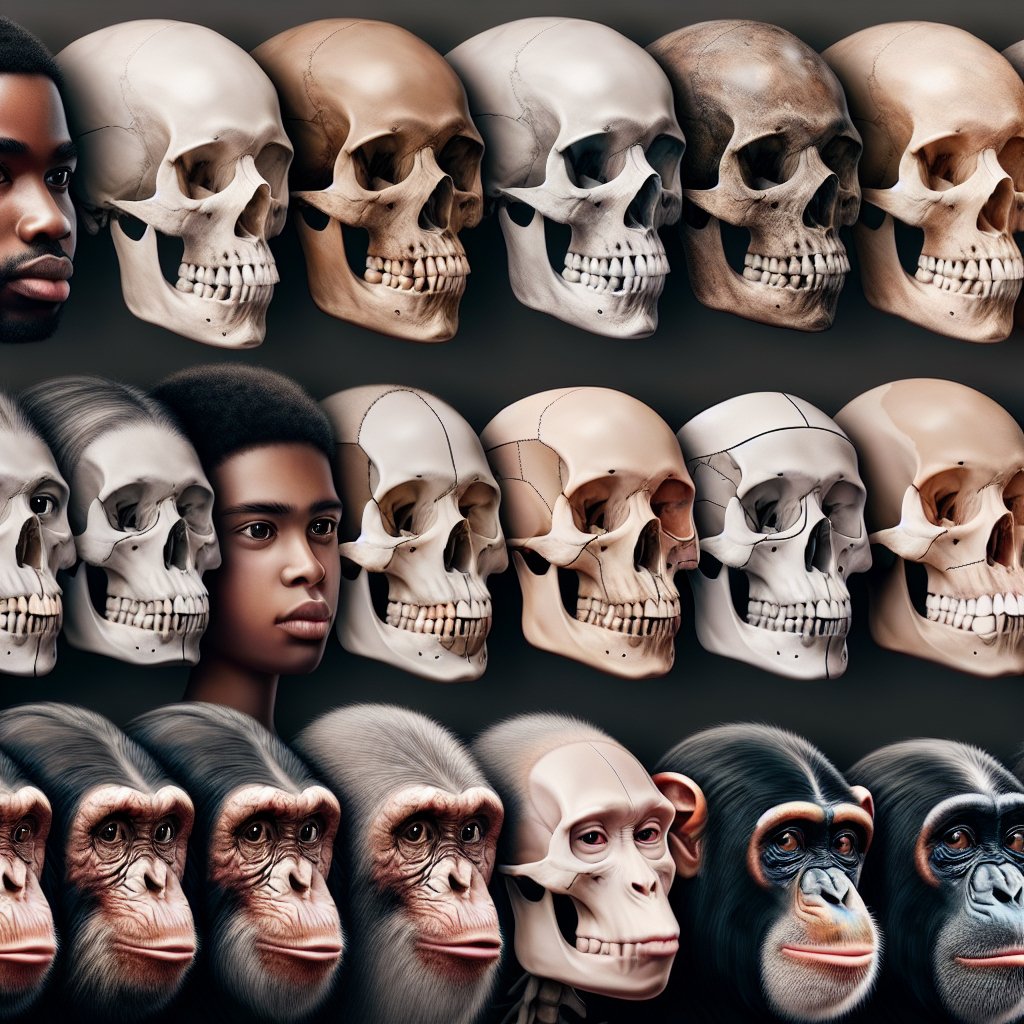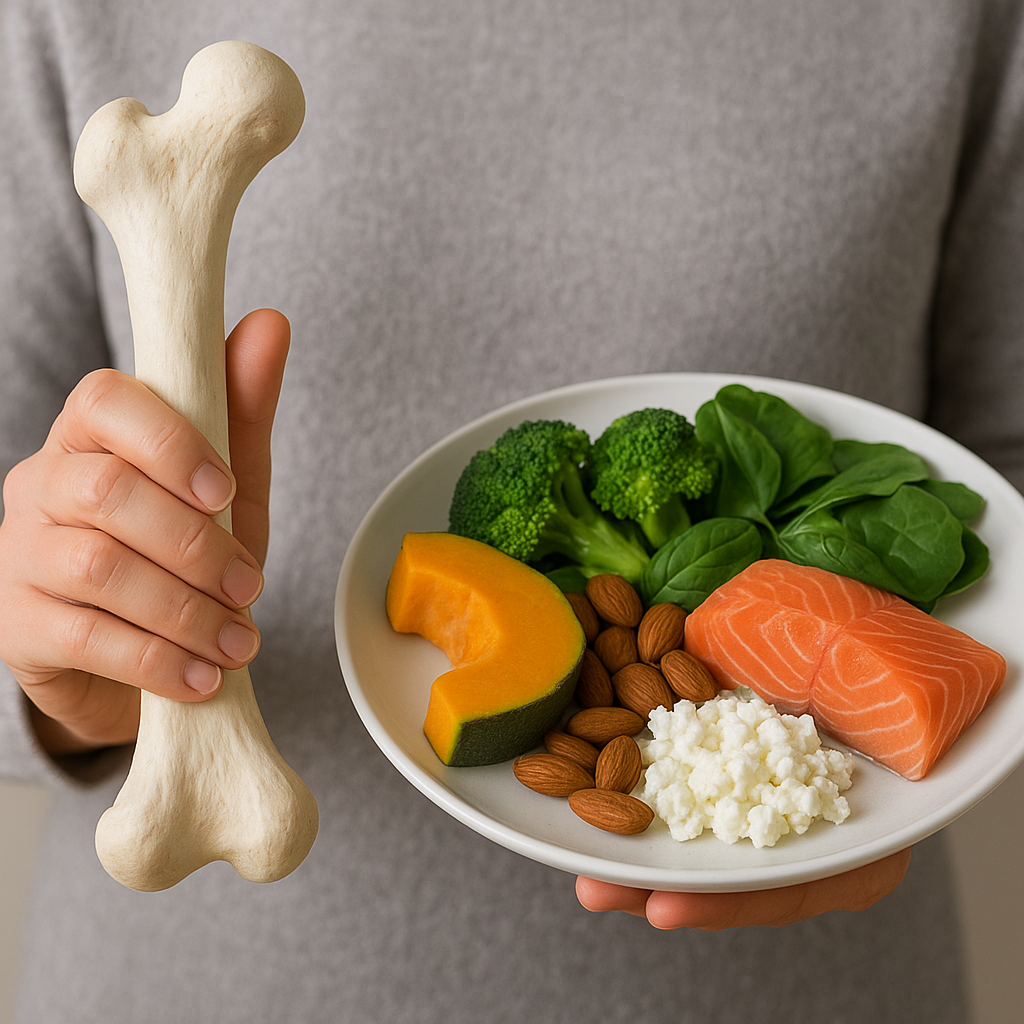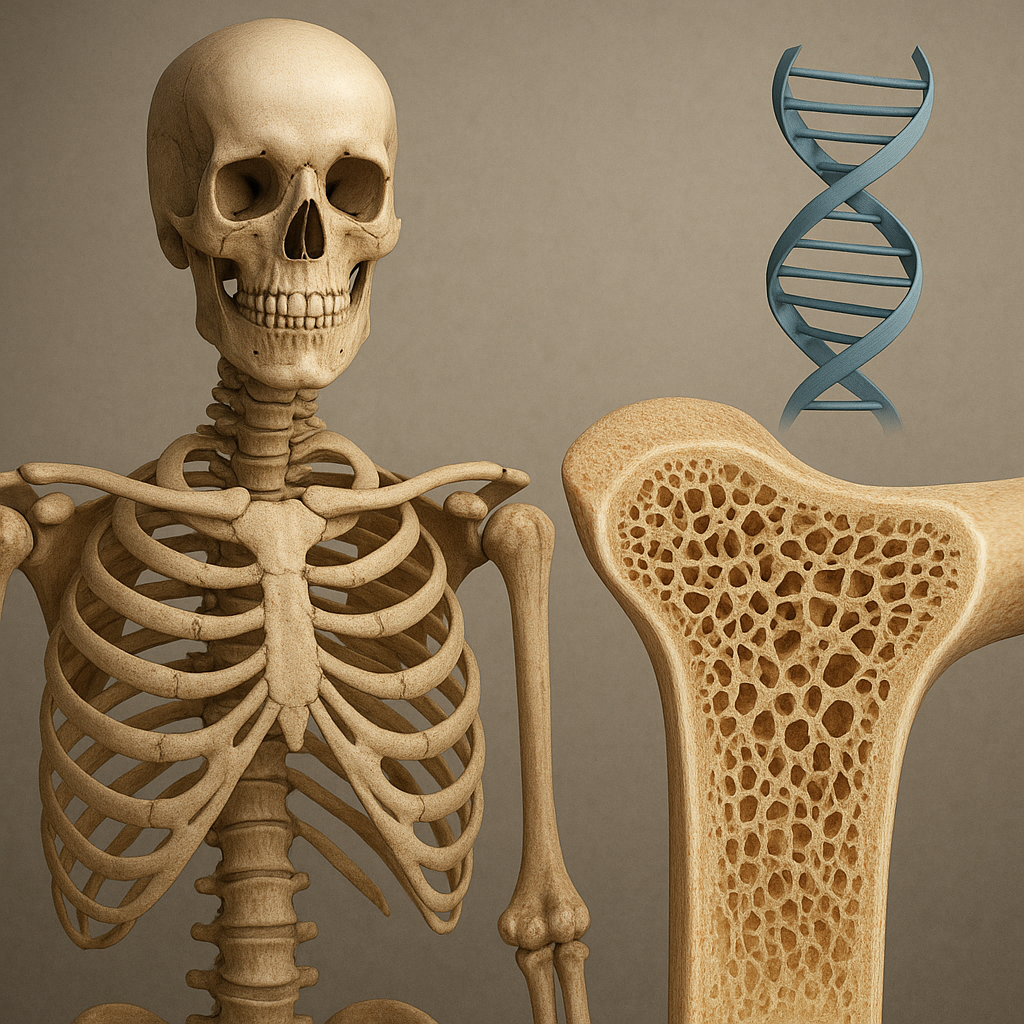The differences in bone structure between humans and primates are fascinating and reveal much about our evolutionary history. Understanding these differences not only sheds light on how we have adapted to our environments but also highlights the unique characteristics that define our species. This article will explore the key distinctions in bone structure between humans and our closest primate relatives, focusing on aspects such as the skull, limbs, and overall skeletal framework.
Comparative Anatomy of the Skull
The skull is one of the most significant areas where differences between humans and primates can be observed. The human skull has evolved to accommodate a larger brain size, which is a defining feature of our species. This increase in brain volume has led to several changes in skull morphology.
Braincase and Facial Structure
In humans, the braincase is larger and more rounded compared to that of most primates. This is primarily due to the expansion of the frontal lobe, which is associated with higher cognitive functions. In contrast, many primates have a more elongated skull with a pronounced brow ridge and a flatter face. This difference in facial structure is also linked to dietary adaptations; for instance, primates that consume a diet of hard fruits and leaves often have stronger jaw muscles and larger teeth, which are reflected in their skull shape.
Foramen Magnum Position
Another critical difference is the position of the foramen magnum, the hole at the base of the skull through which the spinal cord passes. In humans, the foramen magnum is positioned more centrally, allowing for an upright posture and bipedal locomotion. In contrast, many primates have a more posteriorly located foramen magnum, which is better suited for a quadrupedal stance. This anatomical feature is a clear indicator of the evolutionary adaptations that have occurred in humans as we transitioned to walking on two legs.
Differences in Limb Structure
Upper Limbs: Arms and Hands
Humans possess longer arms relative to their body size compared to many primates, which have shorter arms adapted for climbing and swinging through trees. The human hand is also uniquely structured, with a more developed opposable thumb that allows for precise grip and manipulation of objects. This adaptation has been crucial for tool use and other complex tasks that are characteristic of human behavior.
Lower Limbs: Legs and Feet
The lower limbs of humans are adapted for bipedalism, featuring longer legs and a more robust structure that supports upright walking. The human foot is also distinct, with a pronounced arch that aids in shock absorption and balance during locomotion. In contrast, many primates have feet that are more flexible and prehensile, allowing them to grasp branches and navigate their arboreal habitats effectively. This difference in foot structure highlights the divergent evolutionary paths taken by humans and other primates.
Overall Skeletal Framework
The overall skeletal framework of humans and primates reflects their different lifestyles and evolutionary adaptations. While both share a common ancestor, the skeletal differences illustrate how each has adapted to its specific environment.
Pelvic Structure
The pelvis is another area where significant differences can be observed. In humans, the pelvis is broader and shorter, which supports bipedal locomotion and provides stability while walking. This adaptation is crucial for maintaining balance and supporting the internal organs during upright movement. In contrast, many primates have a narrower and longer pelvis, which is better suited for climbing and swinging through trees.
Spinal Column
The curvature of the spinal column also differs between humans and primates. Humans have an S-shaped spine that helps to distribute weight evenly and maintain an upright posture. This curvature is essential for bipedal locomotion, as it allows for efficient movement and balance. In contrast, many primates have a more C-shaped spine, which is better suited for a quadrupedal lifestyle and climbing activities.
Conclusion
The differences in bone structure between humans and primates are a testament to the diverse evolutionary paths taken by these species. From the shape of the skull to the structure of the limbs and overall skeletal framework, these variations highlight the adaptations that have allowed humans to thrive in a terrestrial environment while primates continue to excel in arboreal habitats. Understanding these differences not only enriches our knowledge of human evolution but also emphasizes the intricate connections between all primates, reminding us of our shared ancestry and the remarkable diversity of life on Earth.













